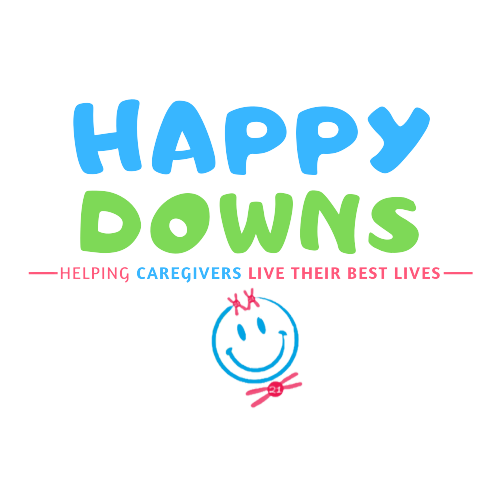Technology has the power to transform lives, and for people with Down Syndrome, it can be a gateway to greater independence, confidence, and connection. By leveraging the right tools, individuals can handle daily tasks, enhance communication, and enjoy a sense of control over their lives. This article provides practical insights and step-by-step guidance to help family caregivers integrate technology into daily routines for their loved ones with Down Syndrome.
Understanding The Role Of Technology In Independence
When thoughtfully applied, technology becomes more than a convenience—it’s a tool for empowerment. Prioritizing people-first principles ensures that the technology chosen aligns with personal preferences and supports individual needs. This approach builds confidence, fosters self-reliance, and creates meaningful experiences.
Example:
Consider Sam, a young adult with Down Syndrome who struggles with time management. With the help of a smartwatch that provides gentle reminders, Sam now independently manages his daily schedule, boosting his self-confidence and reducing reliance on his caregivers.
Communication Tools: Bridging The Gap
Communication technology has revolutionized how individuals with Down Syndrome connect with the world. From simple apps to advanced devices, these tools enable users to express themselves more effectively.
Practical Steps for Caregivers:
- Evaluate Needs: Identify communication challenges—e.g., limited verbal skills or difficulty expressing emotions.
- Explore Options: Research apps like Proloquo2Go or devices with text-to-speech capabilities.
- Trial Period: Test tools to ensure they match the individual’s comfort level and preferences.
- Incorporate Daily Use: Make the tool part of regular routines, such as using it during meals or family conversations.
Real-Life Impact:
Emma, a teenager with Down Syndrome, starts using a picture-based app to express her thoughts. This transforms her interactions with friends and family, giving her a newfound sense of inclusion.
Educational Applications: Personalized Learning
Adaptive learning platforms cater to individual learning styles, turning education into an engaging and empowering experience.
Practical Steps for Caregivers:
- Choose the Right App: Apps like Khan Academy Kids or TeachTown offer tailored content.
- Set Goals: Focus on specific skills, such as reading comprehension or math.
- Monitor Progress: Track achievements to identify strengths and areas needing improvement.
- Integrate Fun: Use apps with gamified elements to keep learning enjoyable.
Example:
Liam, an adult with Down Syndrome, uses an adaptive math app to practice budgeting skills. This has helped him confidently manage his finances.
Smart Home Solutions: Everyday Independence
Smart home devices simplify daily tasks, providing users with greater autonomy.
Practical Steps for Caregivers:
- Start Simple: Introduce voice-activated assistants like Amazon Alexa or Google Home.
- Automate Tasks: Set up smart plugs for lights and appliances to reduce dependency.
- Use Reminders: Schedule routines, such as meal times or medication reminders, through smart devices.
- Prioritize Safety: Invest in smart locks or cameras for added security.
Real-Life Impact:
Tom’s family installed a smart thermostat he can control with voice commands. Now, Tom independently adjusts the temperature, increasing his comfort and sense of control.
Wearable Technology: Health Monitoring and Beyond
Wearable devices empower individuals to take charge of their health while offering peace of mind to family caregivers.
Practical Steps for Caregivers:
- Select the Right Device: Choose wearables like Fitbit or Apple Watch for tracking health metrics.
- Set Goals Together: Encourage daily step targets or hydration reminders.
- Enable Alerts: Use features like medication reminders or emergency SOS notifications.
- Encourage Ownership: Teach the individual how to navigate the device independently.
Example:
Anna uses a fitness tracker to monitor her sleep and activity levels. The device’s reminders help her stick to a healthy routine, fostering independence and self-awareness.
Tips for Successful Integration of Technology
- Collaborate with the Individual: Involve your loved one in choosing and learning new tools.
- Seek Professional Guidance: Work with therapists or educators to identify suitable technologies.
- Focus on Small Steps: Gradually introduce tech, starting with one tool or feature.
- Celebrate Achievements: Acknowledge milestones to build motivation and confidence.
Empowering Independence Through Technology
Technology offers endless possibilities for enhancing the independence of individuals with Down Syndrome. From communication tools and educational apps to smart home solutions and wearables, these innovations empower users to lead more confident and self-reliant lives. By adopting a thoughtful, step-by-step approach, family caregivers can unlock the full potential of technology, creating a brighter, more connected future for their loved ones.


